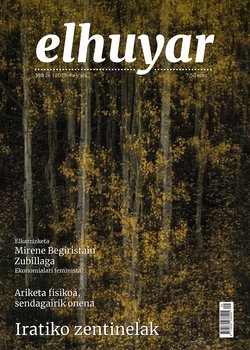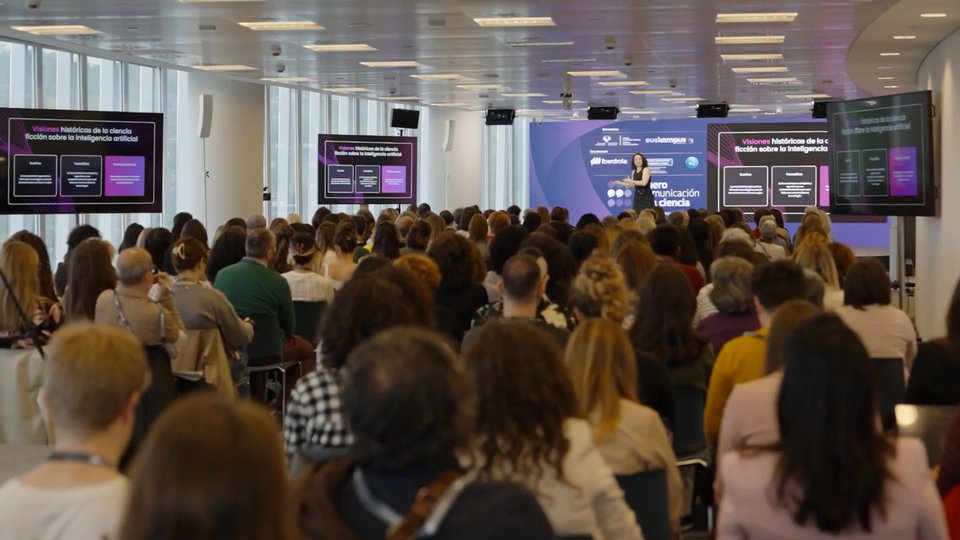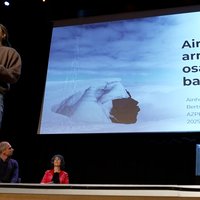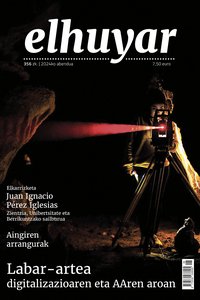To travel safely
Every day, across the state, seven million children use the bus to go to school. Since children in the car became accustomed to the use of safety systems, children and parents are aware of the importance of traveling safely. Not just in the car, but also on the bus. In fact, a new European standard requires the installation of safety systems for children under ONE 20 metres on new buses.
The people in charge of Kidy Froh in Bilbao were looking all over Europe for a safety system for children adapted to buses. When they realized that there was nothing similar in the market, they decided to create it themselves.
Soon they began to work on the design of the chair. Due to the lack of reference products, they have had to design each and every one of the pieces and, of course, also create molds to make them. The first difficulty has been found in the armchairs of the buses: they are not standardized and there are different models. Some have two-point seat belts like airplanes, others have three-point belts like cars, and most don’t have any. Of course, the children's chair should suit everyone. But that’s not the only downside:
Mikel Garrido; Kidy Froh: the butaka itself is unable to withstand these forces... that is where most of the problems have come from
The seats on the buses are approved to withstand a frontal collision at speeds of up to 30 kilometres per hour. That is, they can withstand an impact force of 12 G. This child restraint system, on the other hand, must be capable of withstanding frontal collisions of up to 50 kilometres per hour in order to obtain approval. This means an impact force of 25 G, which is more than double the previous one. For this reason, it has been necessary to devise a belt system that not only supports the child, but also the chair itself, in order to prevent the chair from hitting the front armchair.
Once this has been achieved, they have to think about how to attach the child to the chair. Most people who die in bus accidents get blown out of the window and are crushed by the bus. To prevent this, they have created a five-point restraint system, similar to that of race car drivers.
By Mikel Garrido; Kidy Froh: Tying the baby to the chair
It is the first safety system for buses and has undergone rigorous homologation tests. . Not only in terms of design, the materials also have to withstand extreme conditions.
Mikel Garrido; Kidy Froh:: Norma demanded that the product be flame-retardant, the materials must burn below a certain speed and we also had to pass the toxicity test, because small children take everything to their mouth and all one hundred have had to comply with these standards.
The closure that joins all the straps, for example, must be large and red so that anyone who has not used it once in an emergency can open it as soon as possible. In addition, to open it, it is necessary to exert a force of 2.5 kilos so that it is not removed by small children.
Compliance with the rules is not the only goal; it is also necessary to respond to the requirements of the customers. Both parents and bus companies demanded a chair that would adapt to different ages, portable and foldable, which can be stored in any corner of the bus.
Since the start of this project, Kidy Froh’s engineers have built several prototypes; it has taken almost a year and a half to get the final design. They say it was worth it. They receive applications from all over the world and have a waiting list of five months. Parents have immediately seen the usefulness of the chair, and in the Scandinavian countries the administrations themselves come to look for this system. Again, this has not happened here.
By Mikel Garrido; Kidy Froh: The government has not responded so clearly. There are different interpretations of the law... It is a pity that we are looking at the law; we are talking about the safety of children and no action will be taken until an accident occurs.
Now that the KidyBus is on the market, they are developing a child restraint system that will be adapted to the ambulances.
Buletina
Bidali zure helbide elektronikoa eta jaso asteroko buletina zure sarrera-ontzian










